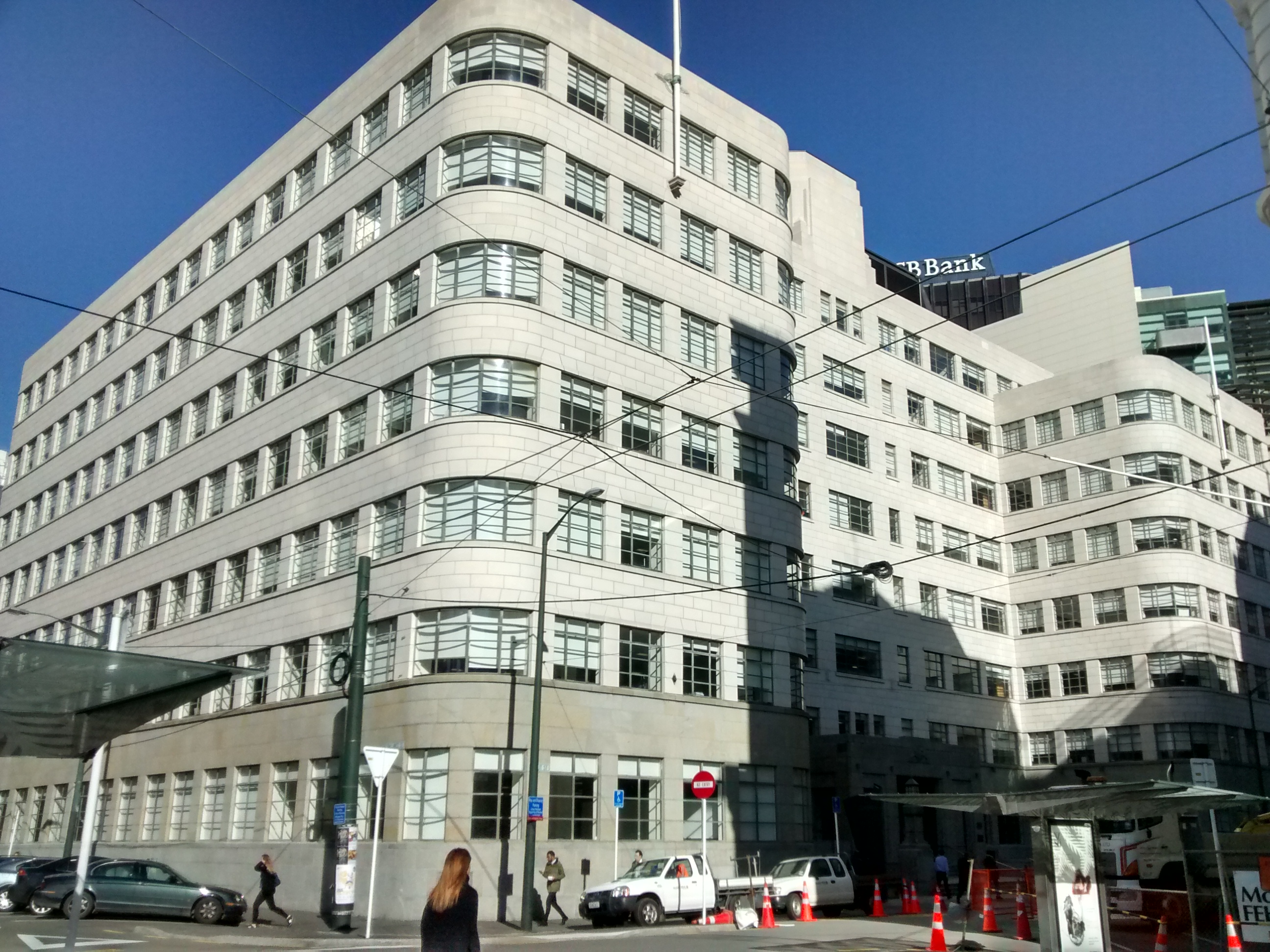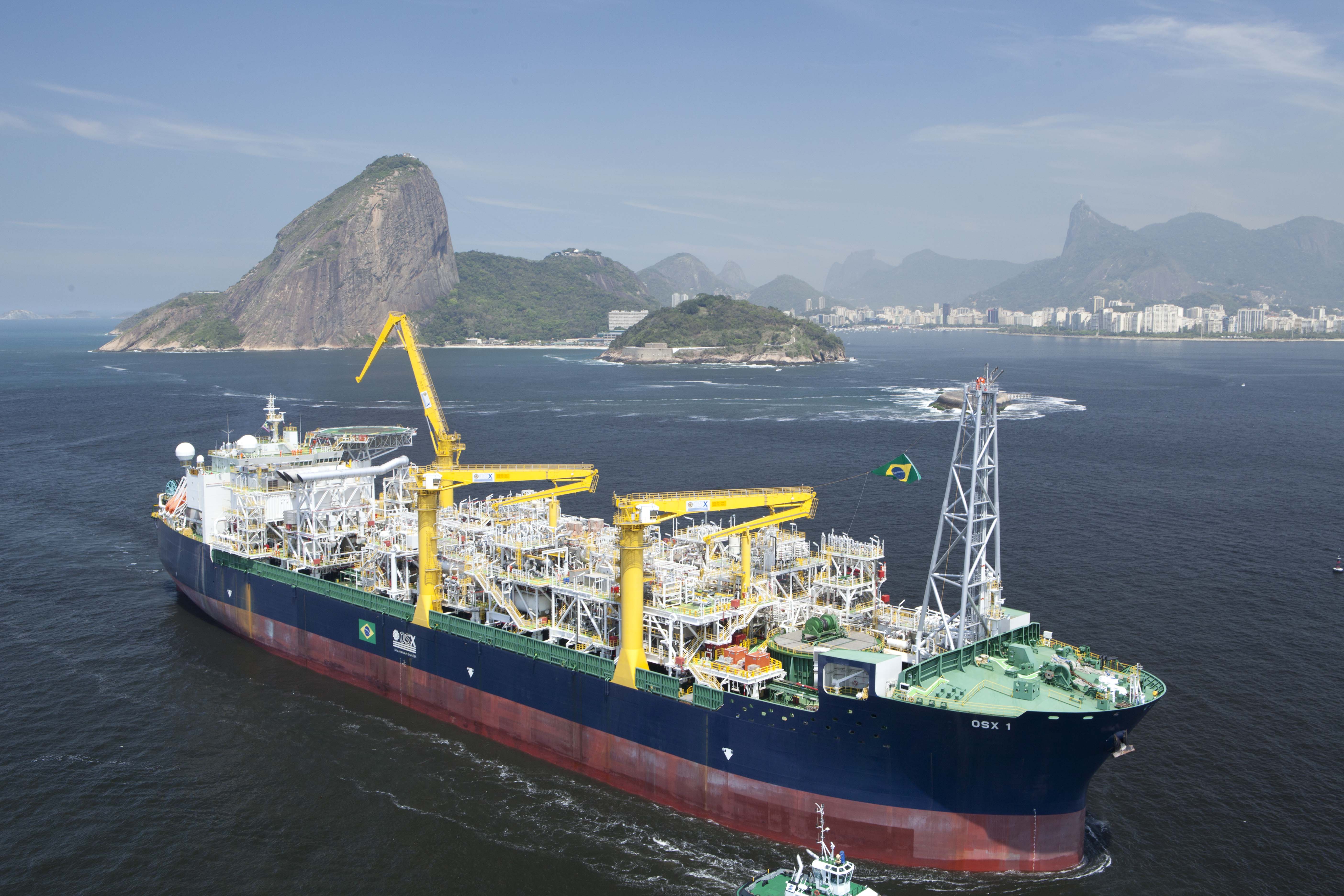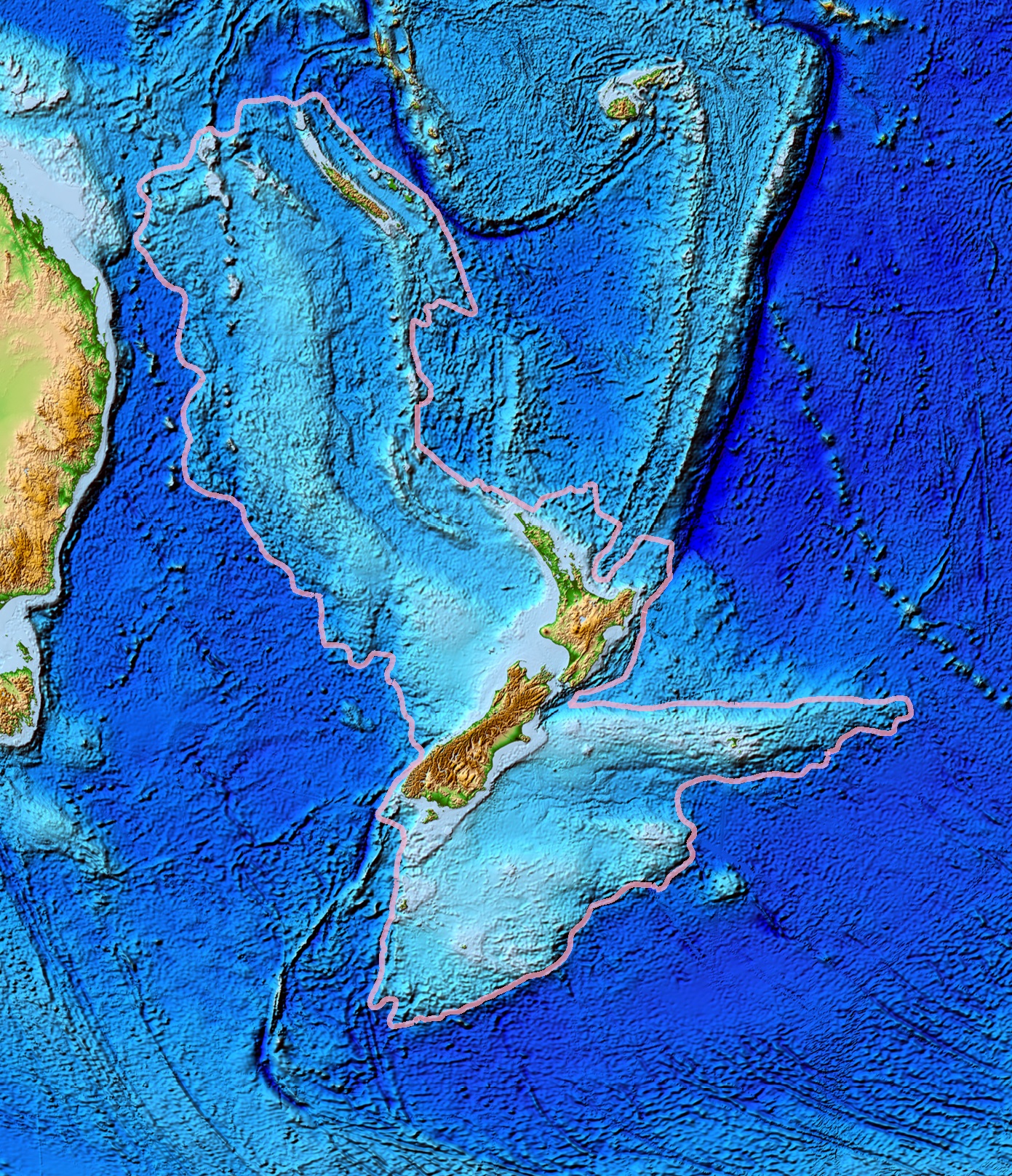|
Tui Oil Field
The Tui oil field is an oil reservoir located off the west coast of Taranaki, New Zealand. Tui is the sixth largest crude oil field in New Zealand with total reserves of . Remaining reserves as at January 2018 was . Oil is produced from the Tui, Amokura and Pateke wellheads on the seabed in approximately 120m of water. These wells are connected to the Umuroa, a floating production storage and offloading vessel. The reservoir was discovered in 2003 by a joint venture between Australian Worldwide Exploration and New Zealand Overseas Petroleum. The nearby Amokura and Pateke oil reserves were discovered in 2004. In 2016, Tamarind purchased AWE's 57.5% interests in the field. In early 2019, permits were granted for drilling of side track wells to extend the production life of the field. The drilling program was suspended in September 2019 after the first well was dry. Following the suspension of the drilling program, Tamarind warned staff on the Umuroa that its contract would not ... [...More Info...] [...Related Items...] OR: [Wikipedia] [Google] [Baidu] |
New Zealand
New Zealand ( mi, Aotearoa ) is an island country in the southwestern Pacific Ocean. It consists of two main landmasses—the North Island () and the South Island ()—and over 700 smaller islands. It is the sixth-largest island country by area, covering . New Zealand is about east of Australia across the Tasman Sea and south of the islands of New Caledonia, Fiji, and Tonga. The country's varied topography and sharp mountain peaks, including the Southern Alps, owe much to tectonic uplift and volcanic eruptions. New Zealand's capital city is Wellington, and its most populous city is Auckland. The islands of New Zealand were the last large habitable land to be settled by humans. Between about 1280 and 1350, Polynesians began to settle in the islands and then developed a distinctive Māori culture. In 1642, the Dutch explorer Abel Tasman became the first European to sight and record New Zealand. In 1840, representatives of the United Kingdom and Māori chiefs ... [...More Info...] [...Related Items...] OR: [Wikipedia] [Google] [Baidu] |
Taranaki Region
Taranaki is a region in the west of New Zealand's North Island. It is named after its main geographical feature, the stratovolcano of Mount Taranaki, also known as Mount Egmont. The main centre is the city of New Plymouth. The New Plymouth District is home to more than 65 per cent of the population of Taranaki. New Plymouth is in North Taranaki along with Inglewood and Waitara. South Taranaki towns include Hāwera, Stratford, Eltham, and Ōpunake. Since 2005, Taranaki has used the promotional brand "Like no other". Geography Taranaki is on the west coast of the North Island, surrounding the volcanic peak of Mount Taranaki. The region covers an area of 7258 km2. Its large bays north-west and south-west of Cape Egmont are North Taranaki Bight and South Taranaki Bight. Mount Taranaki is the second highest mountain in the North Island, and the dominant geographical feature of the region. A Māori legend says that Mount Taranaki previously lived with the Tongariro, Ngaur ... [...More Info...] [...Related Items...] OR: [Wikipedia] [Google] [Baidu] |
Ministry Of Business, Innovation And Employment
The Ministry of Business, Innovation and Employment (MBIE; mi, Hīkina Whakatutuki) is the public service department of New Zealand charged with "delivering policy, services, advice and regulation" which contribute to New Zealand's economic productivity and business growth. History Formed on 1 July 2012, MBIE is a merger of the Department of Building and Housing (DBH), the Department of Labour (DoL), the Ministry of Economic Development (MED), and the Ministry of Science and Innovation (MSI). In October 2018, the newly created Ministry of Housing and Urban Development (HUD) assumed several of MBIE's housing and social policy, funding and regulatory functions including the KiwiBuild programme, the Community Housing Regulatory Authority, and administration of funding for the HomeStart, Welcome Home Loans, the legacy Social Housing Fund and Community Group Housing programmes. On 14 July 2020, the Ministry assumed responsibility for running the New Zealand Government's COVI ... [...More Info...] [...Related Items...] OR: [Wikipedia] [Google] [Baidu] |
Floating Production Storage And Offloading
A floating production storage and offloading (FPSO) unit is a floating vessel used by the offshore oil and gas industry for the production and processing of hydrocarbons, and for the storage of oil. An FPSO vessel is designed to receive hydrocarbons produced by itself or from nearby platforms or subsea template, process them, and store oil until it can be offloaded onto a tanker or, less frequently, transported through a pipeline. FPSOs are preferred in frontier offshore regions as they are easy to install, and do not require a local pipeline infrastructure to export oil. FPSOs can be a conversion of an oil tanker (like the '' Seawise Giant'') or can be a vessel built specially for the application. A vessel used only to store oil (without processing it) is referred to as a floating storage and offloading (FSO) vessel. The first of a related type, floating liquefied natural gas vessels, went into service in 2016. Types FPSOs are classified into the following types. * ... [...More Info...] [...Related Items...] OR: [Wikipedia] [Google] [Baidu] |
Australian Worldwide Exploration
AWE Limited (AWE) is an oil and gas producer with proven resources in Australia, Indonesia and New Zealand. Since May 2018, it has been a wholly owned subsidiary of Mitsui & Co., Ltd. (Japan) and has been delisted from the ASX. Mitsui E&P Australia Pty Ltd and AWE Limited are now sister companies working under the single brand of Mitsui E&P Australia (MEPAU) to reflect the combined businesses. The company's assets currently include the BassGas project in Bass Strait, Tasmania, the Casino gas project in Otway Basin, Victoria, and onshore Perth Basin interests in Western Australia. Corporate history From January 2000 to November 2009, the official company name was Australia Worldwide Exploration Ltd. In early 2001 AWE acquired 44.5% of the undeveloped Yolla field in Bass Strait. In mid 2003, AWE acquired a 25% interest in VIC/P44. Transaction included the Casino gas field which was brought into production in 2006. Tui Area, acquired in 2006, started oil production on July 30 ... [...More Info...] [...Related Items...] OR: [Wikipedia] [Google] [Baidu] |
Bankruptcy
Bankruptcy is a legal process through which people or other entities who cannot repay debts to creditors may seek relief from some or all of their debts. In most jurisdictions, bankruptcy is imposed by a court order, often initiated by the debtor. Bankrupt is not the only legal status that an insolvent person may have, and the term ''bankruptcy'' is therefore not a synonym for insolvency. Etymology The word ''bankruptcy'' is derived from Italian ''banca rotta'', literally meaning "broken bank". The term is often described as having originated in renaissance Italy, where there allegedly existed the tradition of smashing a banker's bench if he defaulted on payment so that the public could see that the banker, the owner of the bench, was no longer in a condition to continue his business, although some dismiss this as a false etymology. History In Ancient Greece, bankruptcy did not exist. If a man owed and he could not pay, he and his wife, children or servants were forced into " ... [...More Info...] [...Related Items...] OR: [Wikipedia] [Google] [Baidu] |
Floating Production Storage And Offloading
A floating production storage and offloading (FPSO) unit is a floating vessel used by the offshore oil and gas industry for the production and processing of hydrocarbons, and for the storage of oil. An FPSO vessel is designed to receive hydrocarbons produced by itself or from nearby platforms or subsea template, process them, and store oil until it can be offloaded onto a tanker or, less frequently, transported through a pipeline. FPSOs are preferred in frontier offshore regions as they are easy to install, and do not require a local pipeline infrastructure to export oil. FPSOs can be a conversion of an oil tanker (like the '' Seawise Giant'') or can be a vessel built specially for the application. A vessel used only to store oil (without processing it) is referred to as a floating storage and offloading (FSO) vessel. The first of a related type, floating liquefied natural gas vessels, went into service in 2016. Types FPSOs are classified into the following types. * ... [...More Info...] [...Related Items...] OR: [Wikipedia] [Google] [Baidu] |
Greenpeace Aotearoa New Zealand
Greenpeace Aotearoa (GPAo) is one of New Zealand's largest environmental organisations, and is a national office of the global environmental organisation Greenpeace. History Greenpeace Aotearoa New Zealand was founded in 1974, two years after the original Greenpeace, to protect the natural environment. Greenpeace Aotearoa New Zealand emerged from an amalgam of 1960s and 1970s NZ peace groups and activists, who had for a decade been actively promoting their opposition to the Vietnam War and nuclear testing. In particular, Campaign for Nuclear Disarmament (NZ) who were nationally campaigning against French nuclear testing in French Polynesia since 1961, culminating in an 80,238 signature petition presented to the New Zealand Government in 1962 demanding they take punitive action against the French to enforce a nuclear test ban in the Pacific. Two key NZ CND leaders in the 1970s involved with Greenpeace pursued political careers; Richard Northey ONZM as a NZ MP and Mike Rann CNZM ... [...More Info...] [...Related Items...] OR: [Wikipedia] [Google] [Baidu] |
Energy In New Zealand
Despite abundant natural resources and a relatively small population, New Zealand is a net importer of energy, in the form of petroleum products. The ratio of non-renewable and renewable energy sources was fairly consistent from 1975 to 2008, with about 70 percent of primary energy supply coming from hydrocarbon fuels. This ratio decreased to about 60 percent in 2018. The proportion of non-renewable energy varies annually, depending on water flows into hydro-electricity lakes and demand for energy. In 2018, approximately 60% of primary energy was from non-renewable hydrocarbon fuels and 40% was from renewable sources. In 2007 energy consumption per capita was 120 gigajoules. Per capita energy consumption had increased 8 per cent since 1998. New Zealand uses more energy per capita than 17 of 30 OECD countries. New Zealand is one of 13 OECD countries that does not operate nuclear power stations. From 1994 to 2018, the energy intensity of the economy per unit of GDP declined by 33 ... [...More Info...] [...Related Items...] OR: [Wikipedia] [Google] [Baidu] |
Oil And Gas Industry In New Zealand
The oil and gas industry in New Zealand explores and develops oil and gas fields, and produces and distributes petroleum products and natural gas. In 2018, New Zealand's self-sufficiency in oil (mmbls production divided by consumption) was 17%, i.e. the country imports its petroleum product needs. All local oil production is exported as the New Zealand refinery is not suited to processing it. In 2018, 60 petajoules of crude were produced in New Zealand, 380 PJ of petroleum products imported (most of it crude), and 283 PJ consumed. The difference is exported or used for international travel (aviation fuel and similar). Oil and gas are produced from 21 petroleum licenses / permits, all in the Taranaki basin. The most important fields are Kapuni, Maui, Pohokura and Kupe. Exploration for oil and gas reserves includes the Great South Basin and offshore areas near Canterbury and Gisborne. New Zealand had one oil refinery, the Marsden Point Oil Refinery, but its refining capability wa ... [...More Info...] [...Related Items...] OR: [Wikipedia] [Google] [Baidu] |
Zealandia
Zealandia (pronounced ), also known as (Māori) or Tasmantis, is an almost entirely submerged mass of continental crust that subsided after breaking away from Gondwanaland 83–79 million years ago.Gurnis, M., Hall, C.E., and Lavier, L.L., 2004, Evolving force balance during incipient subduction: Geochemistry, Geophysics, Geosystems, v. 5, Q07001, https://doi.org/10.01029/02003GC000681 It has been described variously as a submerged continent, a continental fragment (or microcontinent), and a continent. The name and concept for Zealandia was proposed by Bruce Luyendyk in 1995, and satellite imagery shows it to be almost the size of Australia. A 2021 study suggests Zealandia is 1 billion years old, about twice as old as geologists previously thought. By approximately 23 million years ago the landmass may have been completely submerged. Today, most of the landmass (94%) remains submerged beneath the Pacific Ocean. New Zealand is the largest part of Zealandia that is above sea ... [...More Info...] [...Related Items...] OR: [Wikipedia] [Google] [Baidu] |
Geography Of Taranaki
Geography (from Greek: , ''geographia''. Combination of Greek words ‘Geo’ (The Earth) and ‘Graphien’ (to describe), literally "earth description") is a field of science devoted to the study of the lands, features, inhabitants, and phenomena of Earth. The first recorded use of the word γεωγραφία was as a title of a book by Greek scholar Eratosthenes (276–194 BC). Geography is an all-encompassing discipline that seeks an understanding of Earth and its human and natural complexities—not merely where objects are, but also how they have changed and come to be. While geography is specific to Earth, many concepts can be applied more broadly to other celestial bodies in the field of planetary science. One such concept, the first law of geography, proposed by Waldo Tobler, is "everything is related to everything else, but near things are more related than distant things." Geography has been called "the world discipline" and "the bridge between the human and ... [...More Info...] [...Related Items...] OR: [Wikipedia] [Google] [Baidu] |



.png)



